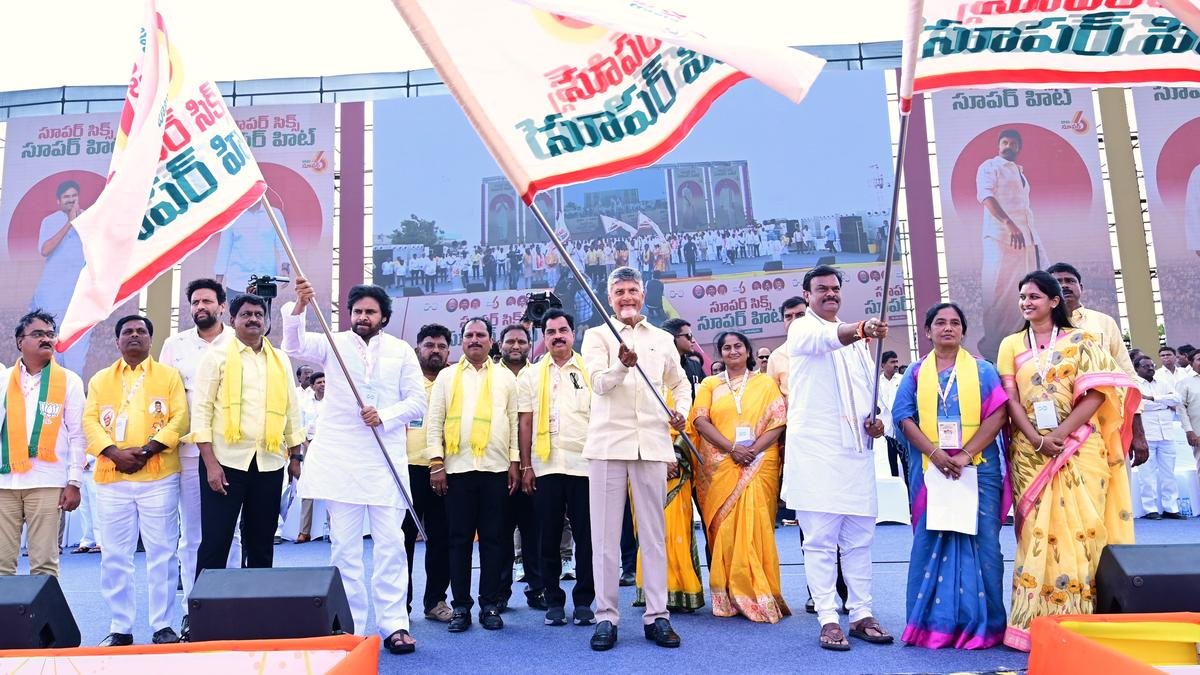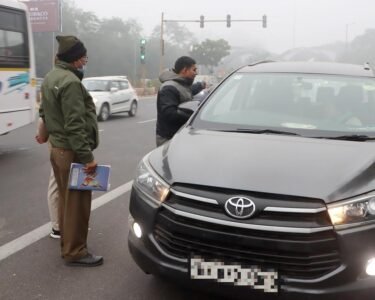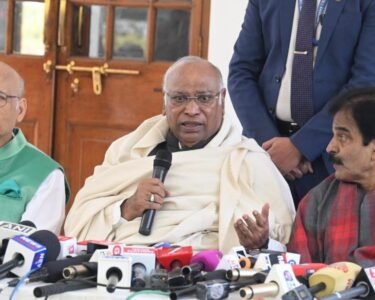Andhra Pradesh Chief Minister [insert current CM’s name] has announced that the much-awaited Vahana Mitra scheme will be officially launched on the auspicious occasion of Dasara. The scheme, aimed at providing financial assistance and welfare benefits to auto drivers, cab drivers, and other small transport vehicle operators, is expected to bring relief to thousands of families across the State.
About the Vahana Mitra Scheme
The Vahana Mitra scheme is a welfare initiative introduced by the Andhra Pradesh government to support transport workers who often struggle with irregular income, rising fuel costs, and maintenance expenses. Under the scheme, eligible drivers will receive a direct cash benefit every year to help cover insurance, vehicle repairs, and license renewals.
According to government officials, the scheme is designed to ensure that self-employed drivers can sustain their livelihoods without falling into debt traps or financial insecurity.
Why the Scheme is Significant
Transport workers form an important part of urban and rural mobility in Andhra Pradesh. From daily wage earners who depend on auto-rickshaws for travel to families relying on taxi services, drivers play a critical role in the State’s economy. However, their income is often unstable due to seasonal demand, rising fuel prices, and competition.
By providing direct financial support, the State government aims to:
- Reduce financial stress among drivers
- Encourage timely renewal of licenses and insurance
- Improve safety standards in road transport
- Provide social security for drivers and their families
Launch on Dasara – Symbolic and Strategic
The Chief Minister emphasized that the decision to launch the scheme on Dasara carries symbolic value. Dasara, celebrated as a festival of victory and new beginnings, is seen as an auspicious occasion for rolling out welfare initiatives.
The government believes that starting the scheme during this festive season will not only spread awareness but also strengthen public confidence in the administration’s commitment to inclusive growth.
Beneficiaries and Eligibility
The Vahana Mitra scheme will primarily cover:
- Auto-rickshaw drivers
- Taxi and cab drivers
- Small commercial vehicle operators
Eligibility criteria include:
- Possession of a valid driving license
- Ownership of a registered vehicle
- Proof of residence in Andhra Pradesh
Government sources confirmed that applications will be screened carefully to ensure transparency, with the benefit amount transferred directly to the beneficiary’s bank account through Direct Benefit Transfer (DBT).
CM’s Statement
Speaking at a recent public meeting, the Chief Minister said:
“Drivers are the backbone of our State’s transport system. They work hard to keep our towns and villages connected. On this Dasara, we are fulfilling our promise by launching the Vahana Mitra scheme, which will give them dignity, security, and financial strength.”
He further assured that the government is committed to expanding welfare schemes for the working class, particularly those in unorganized sectors.
Expected Impact
Officials estimate that over 2 lakh drivers across Andhra Pradesh will benefit in the first phase of the scheme. The financial support is expected to ease the burden of annual vehicle maintenance and insurance costs, while also improving compliance with road safety norms.
Transport unions have welcomed the announcement, stating that the scheme will provide timely assistance to struggling drivers, especially after recent economic challenges.
Public Reaction
Drivers’ associations and community leaders expressed gratitude to the government for addressing long-pending demands. Many believe that the scheme will act as a safety net, ensuring that drivers do not abandon their profession due to financial pressures.
Local residents also expressed support, noting that stronger welfare measures for drivers will indirectly improve transport services, making travel safer and more reliable.
Conclusion
The launch of the Vahana Mitra scheme on Dasara marks another step in Andhra Pradesh’s welfare-driven governance model. By focusing on self-employed drivers and small transport operators, the government seeks to uplift a section of society that plays a vital role in daily life but often remains outside formal support systems.
As the State prepares for the festival, thousands of drivers and their families look forward to a new beginning with renewed hope and financial security.







